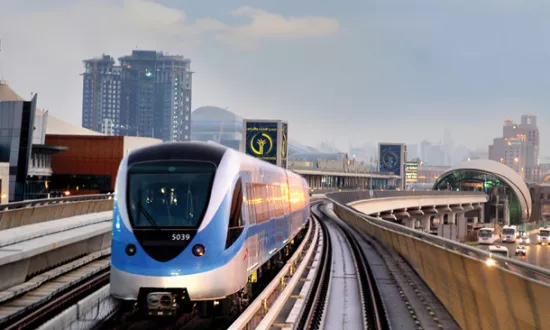Turning South London Orange
January 2016 saw the publication of a key report to the transport industry to which Thales was a pivotal contributor. The Centre for London's analysis and investigation into addressing the severe capacity constraints faced by the transport network south of the river - Turning South London Orange (TSLO) - was a collaborative approach between the think tank and industry players including Thales, Atkins, The Canary Wharf Group and the London Boroughs most affected in the South.
The capacity issues on our transport networks in the capital are well known – a number of statistics reflect the capacity challenge, not least that London’s population is set to grow to 10 million by 2030 – the equivalent of two double decker bus loads every day - the impact of which is easy to visualise. The contribution from Thales to Turning South London Orange was focussed on the technical aspects that could drive capacity increases and performance improvements to meet future demand and minimise delay minutes, befitting; our vast expertise around these particular issues linked to modern signalling and control systems; and knowledge of transport networks from our years of delivery experience on mainline networks, underground systems and light rail transit such as Docklands Light Railway. Our recommendations proposed better utilisation of capacity that already exists as well as considerations to improve capacity in the longer term. You can see the full Thales report here or in the documents section at the bottom of this page.
The output from the full report, which you can access here was an ambitious package of upgrades and a recommendation to upgrade south London’s rail network into the overground, devolving rail services to Transport for London. The proposal became a reality when the Department for Transport announced within a week of the report being published, that Transport for London would indeed take over the London’s suburban railways network.
